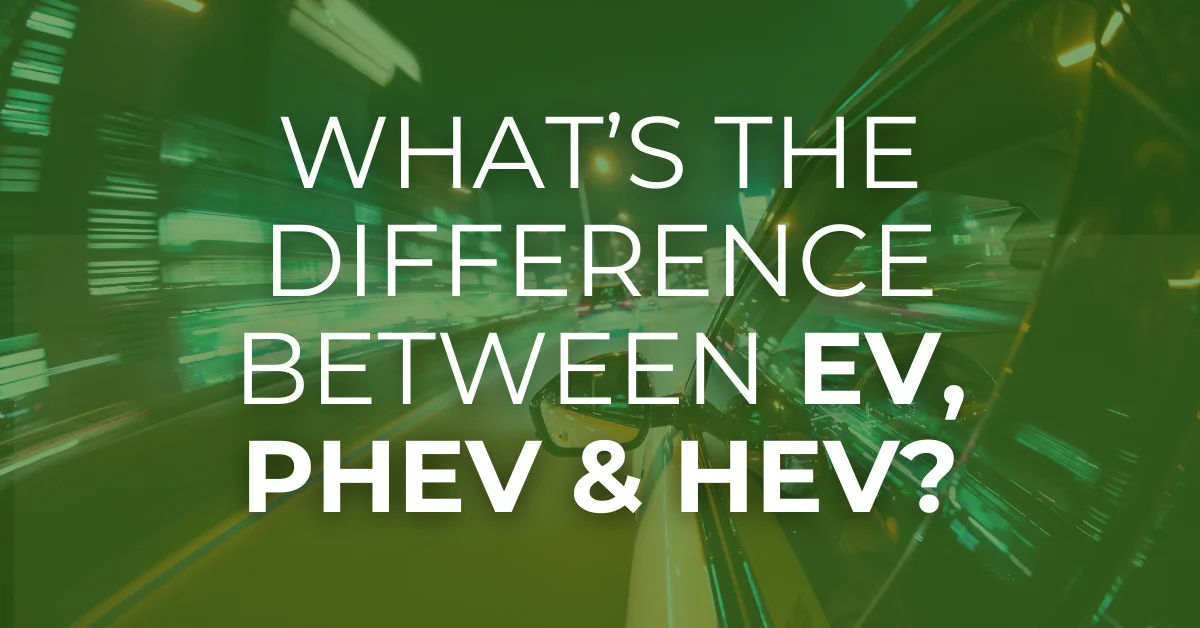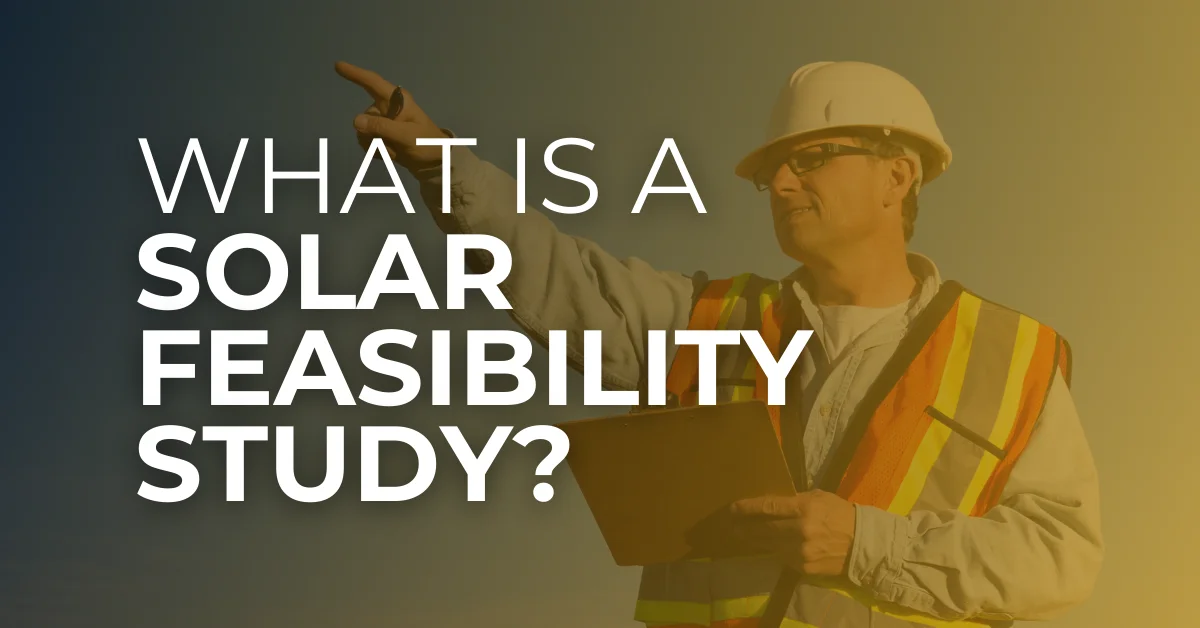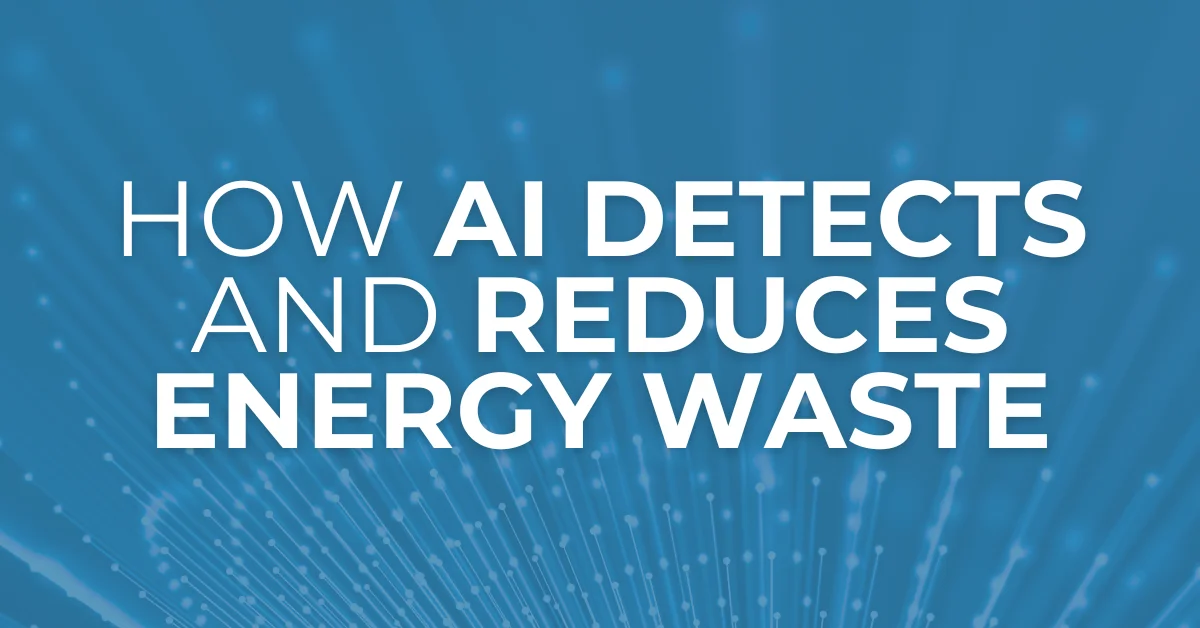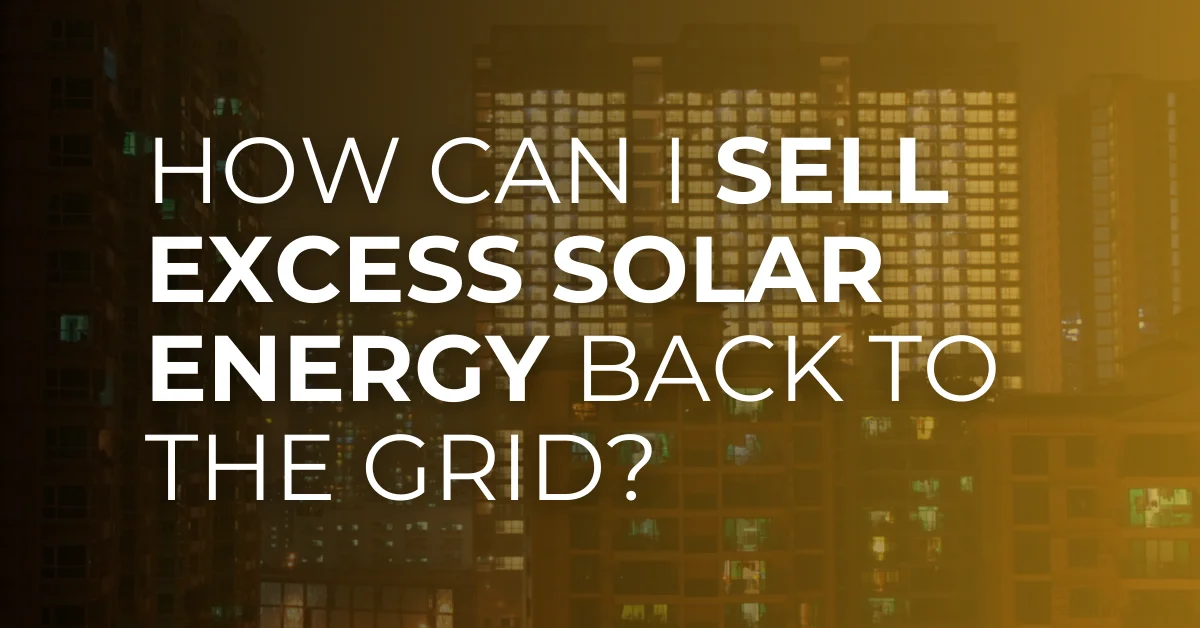Electric vehicles (EVs) are becoming a big part of the clean energy movement, but there’s still a lot of confusion around EV charging. Myths and misconceptions can make it seem more complicated than it really is, leaving some people hesitant to dive in.
From worries about charging times to questions about battery life, there’s a lot to unpack—but don’t worry, we’ve got you covered. In this blog, we’ll clear up 10 of the most common EV charging myths so you can feel confident about making the switch.
Whether you’re an EV pro or just curious about how it all works, let’s bust these myths and get to the facts.
Let’s set the record straight!
1. EVs Can Only Be Charged at Special Charging Stations
This is one of the easiest misconceptions to debunk. While public charging stations are convenient and often necessary for long-distance travel, the vast majority of EV owners charge their vehicles at home. A standard household outlet (Level 1 charging) is enough for low-mileage drivers, and upgrading to a Level 2 home charger provides faster and more efficient charging for daily use.
Public chargers are an excellent backup or solution for road trips, but for most people, home charging is the simplest and most practical option. With the growing availability of charging solutions, EVs are becoming more accessible than ever before.
2. Charging an EV Takes Too Long
The idea that EV charging is time-consuming is rooted in outdated perceptions of charging technology. While it’s true that Level 1 charging (using a standard outlet) is slower, Level 2 chargers—commonly installed at homes and public stations—can fully charge most EVs overnight.
For those on the go, Level 3 DC fast chargers can provide up to 80% charge in as little as 20–30 minutes, making them ideal for road trips or quick top-ups. Charging doesn’t need to interrupt your day; it’s about planning charging sessions around your routine, much like charging your phone. Most EV owners find that charging overnight or during downtime is more than enough for their daily needs.
3. EV Charging is Too Expensive
Many people assume that charging an electric vehicle costs as much as—or more than—fueling a gas-powered car, but this couldn’t be further from the truth. Home charging, especially with a Level 2 charger, is significantly more cost-effective. Depending on your local electricity rates, charging an EV can cost just a fraction of what you’d spend on gasoline for the same mileage.
For those with access to renewable energy sources like solar panels, the cost can drop even further, making EV charging one of the most affordable ways to power a vehicle. While public fast chargers can be pricier, their occasional use is far less costly than maintaining a gasoline habit. EVs provide not only environmental benefits but also long-term savings for drivers.
4. EV Chargers Are Hard to Find
This misconception might have been true a decade ago, but today, EV charging infrastructure is expanding rapidly. Just in the U.S., there are thousands of public charging stations, with more being added every year. Apps like PlugShare, ChargePoint, and EVgo make it easy for drivers to locate nearby chargers, check availability, and even plan routes with charging stops.
Additionally, businesses, shopping centers, and even workplaces are increasingly installing EV chargers, making access even more convenient. For most drivers, charging at home covers daily needs, while the growing public network ensures seamless longer journeys. The days of “range anxiety” are fading fast.
5. EV Charging Isn’t Environmentally Friendly
A common argument against EVs is that charging them with electricity generated from fossil fuels undermines their environmental benefits. While it’s true that the source of electricity matters, studies consistently show that EVs produce significantly fewer greenhouse gas emissions over their lifetime compared to gasoline-powered vehicles, even in regions heavily reliant on fossil fuels.
The environmental advantages grow even more compelling when EVs are charged using renewable energy sources like solar or wind. By transitioning to cleaner grids and adopting solutions like home solar systems, EV drivers can dramatically reduce their carbon footprint, making EVs a cornerstone of a more sustainable future.
6. All EV Chargers Are the Same
Not all EV chargers are created equal, and understanding the differences is key to maximizing your EV experience. Chargers come in three levels, each with distinct capabilities:
- Level 1: Uses a standard household outlet. It’s the slowest option, adding about 3-5 miles of range per hour, but works well for low-mileage drivers.
- Level 2: Found at homes and public stations, it’s much faster, adding 10-30 miles of range per hour, making it ideal for overnight charging.
- Level 3 (DC Fast Chargers): Typically located at public stations, these chargers provide rapid charging, adding up to 80% of a battery’s capacity in 20-30 minutes, perfect for long trips.
Each type of charger serves different needs, and the choice depends on your lifestyle and driving habits. Understanding these distinctions ensures you’re using the right charger in the right situation.
7. EV Chargers Can Drain Your Battery
This misconception likely arises from confusion about “phantom drain,” where an EV’s battery loses charge over time while parked. However, this is caused by the vehicle’s internal systems—such as keeping the battery at an optimal temperature or maintaining connectivity—not by the charger itself.
EV chargers are designed solely to replenish your battery, not drain it. If your battery is losing charge while plugged in, the issue could stem from a technical fault in the vehicle or charger, not a design flaw. Properly functioning chargers ensure your battery remains topped up and ready for use.
8. Chargers Can Decrease Your Battery’s Life
This misconception has some truth to it, but the impact is often exaggerated. Frequent use of DC fast chargers (Level 3) can generate heat, which may slightly reduce battery longevity over many years. However, modern EVs are equipped with advanced battery management systems (BMS) designed to regulate temperature and prevent overcharging, minimizing this risk.
For most drivers, combining Level 2 home charging for daily use with occasional DC fast charging for road trips strikes the perfect balance. Regular charging habits won’t significantly affect battery life, especially if you follow your EV manufacturer’s recommendations. Proper charging is a vital part of extending battery longevity, and today’s EVs are built to handle it.
9. EV Chargers Are Unsafe or Can Cause Fires
Modern EV chargers are built with strict safety standards to ensure they are safe for everyday use. Features like surge protection, temperature monitoring, and automatic shutoff mechanisms are standard in most EV chargers, minimizing the risk of overheating or electrical issues.
Fires involving EV chargers are exceedingly rare and typically result from improper installation or the use of uncertified equipment. By using certified chargers and having them installed by a licensed electrician, you can ensure a safe and reliable charging experience. EV charging technology has advanced significantly, making it as safe—if not safer—than other household electrical appliances.
10. Installing an EV Charger at Home is Too Complicated
Many people assume that installing an EV charger at home is a complex and expensive process, but this isn’t the case. For most households, installing a Level 2 charger is straightforward with the help of a professional electrician. The process typically involves adding a dedicated circuit to your electrical panel and mounting the charger in a convenient location, such as a garage or driveway.
Costs vary depending on your home’s electrical setup, but rebates, incentives, and tax credits are often available to offset the expense. Once installed, a home EV charger provides unmatched convenience, allowing you to charge your vehicle overnight and start each day with a full battery. With the right guidance and support, setting up a home EV charger is easier than many think.
Conclusion
Who knew there was so much to learn about EV charging? Hopefully, you had a few “aha!” moments as we busted these common myths. The truth is, EV charging is easier, safer, and more affordable than most people think.
With a little knowledge, you can dive into the world of EVs with confidence—and maybe even help clear up these misconceptions for someone else. Ready to take the next step? Let’s make sustainable energy part of your journey!




